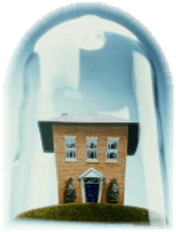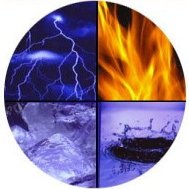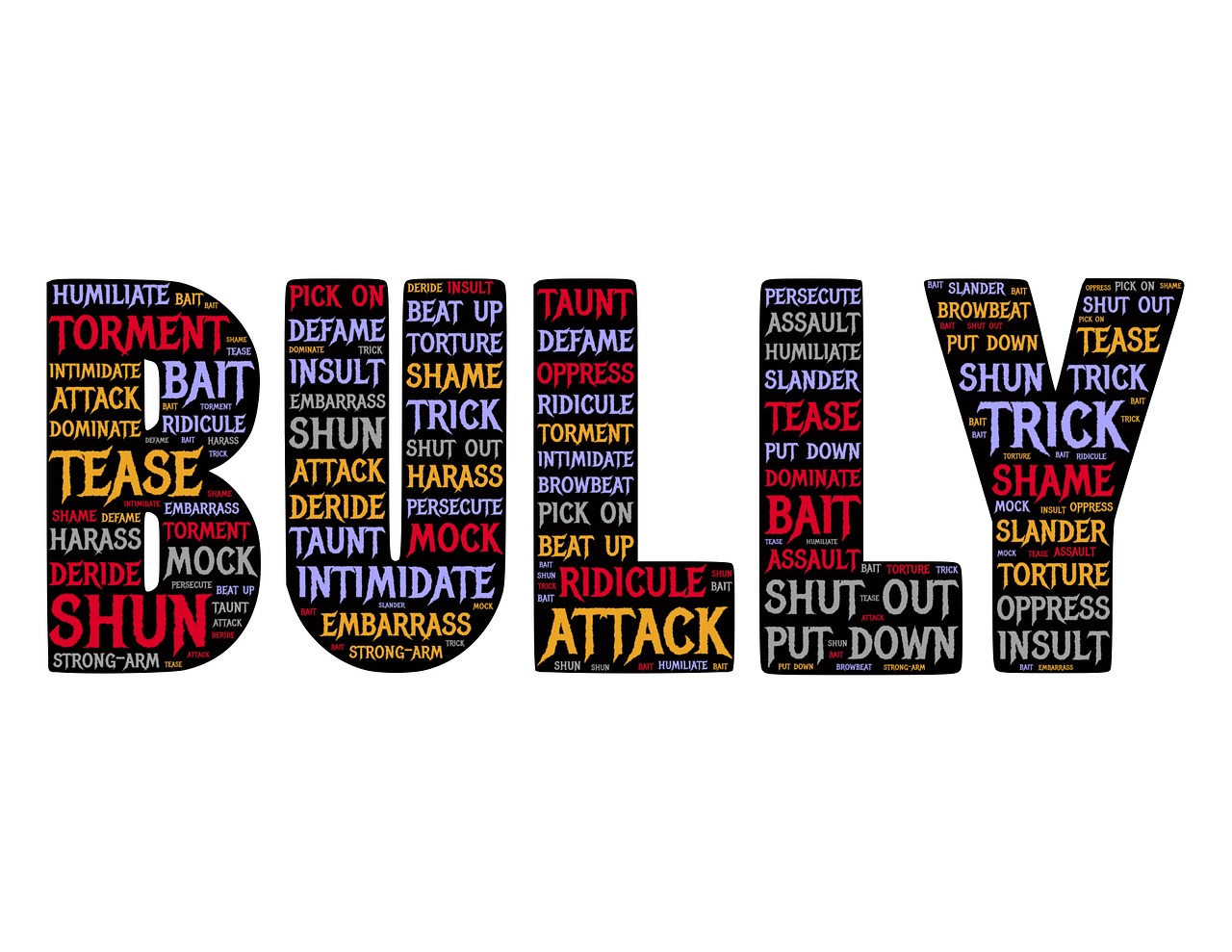
One potentially confusing issue in condominium associations is who insures what. In the past, most condominium association policies would cover whatever the association owned. Other association policies extended coverage into the units - for example, the sheetrock walls and ceiling, the plumbing, and the electrical within each individual unit. Association policies would often be written broad enough to cover the floor, kitchen cabinets, appliances, and carpeting.
In recent years, with the rising cost of insurance claims and the ambiguous language in some association CC&R's, insurance coverage has changed dramatically. Many condominium documents specifically detail what is to be covered - - for example: roof repair and replacement only. In this instance, the documents are explicitly pointing out that all other structure is not covered.
A Master Package Policy will generally include property coverage that can be categorized by:
- Bare walls - coverage for the common elements, usually excludes property within the unit such as interior walls, permanently installed appliances, fixtures, finishings, floors and ceilings
- Single entity - coverage for the common elements, usually includes initially installed property in accordance with the association's original plans and specifications
- All in - coverage for the common elements, plus initially installed property, plus improvements and betterments made at the expense of the unit owner
An Association should survey and identify owned property which is to be covered by the association master insurance package:
- Buildings - residences, clubhouses, garages, carports; Building definition could include foundations, pipes, wires, conduits, utilities, heating, cooling, security systems, machinery and equipment, balconies, porches, decks, and patios
- Structures - arbors, awnings, cabanas, sport courts, fences, fountains, gatehouses, gazebos, recreation fixtures.
- Other property - could include antennas, indoor/outdoor furnishings, signs, landscaping, fine art.
- Non-covered property - could include bridges, roadways, walks, underground infrastructure.

Common causes for the loss of covered property are categorized accordingly:
- Special form - this is known as an all risk form and usually provides coverage for all perils, except those specifically excluded, such as flood, earthquake, war/military action, nuclear reaction
- Broad form - this includes loss as a result of fire, lightning, wind, smoke, hail, vandalism, sprinkler leakage, accidental discharge of water, collapse of building
- Basic form - most limited coverage of the three types of coverage
In the event of a loss of covered property, the payment of the policyholder will be valued based on:
- Guaranteed Replacement Cost - replacement cost with no limit and does not state a specific property limit
- Replacement Cost - payment for the loss is based on the actual replacement and may be limited to stated value
- Actual Cash Value - loss payments are based on the cost of new product, less depreciation and usage
A deductible will apply to the property insured in the association's policy. The deductible could be on an occurrence basis, or could apply separately to each building or unit. There may be different deductibles for the different covered property. One aspect of the deductible to consider is how the deductible will be handled with the unit owner. Unless the association documents specify who is responsible, the association or the unit owner, then the association should adopt a policy which describes the circumstances under which a unit owner would be responsible for paying the deductible.
It is important that the association Board and its management company understand the scope of the association coverages. Homeowners should be advised on what is covered. Even where the association covers improvements, alterations, fixtures and appliances within units, it is advisable for the homeowner to continue to carry coverage on their own separate policy.
Related Articles
- HOA Website Can Save Money And Increase Communication
- How Neighborhood Assoc Websites Can Increase Participation
- A Condo Association Website Can Facilitate Communication
 Print
Print Email
Email







